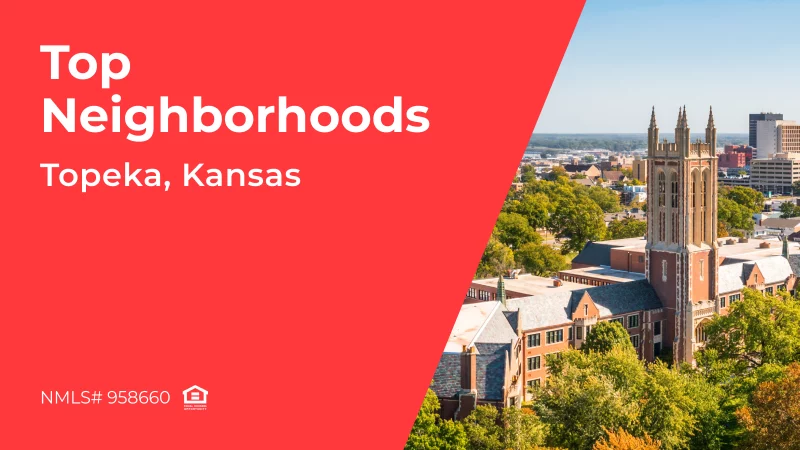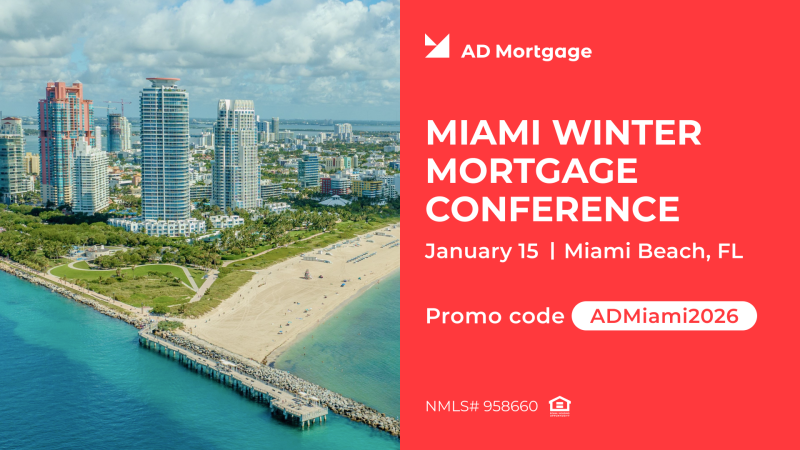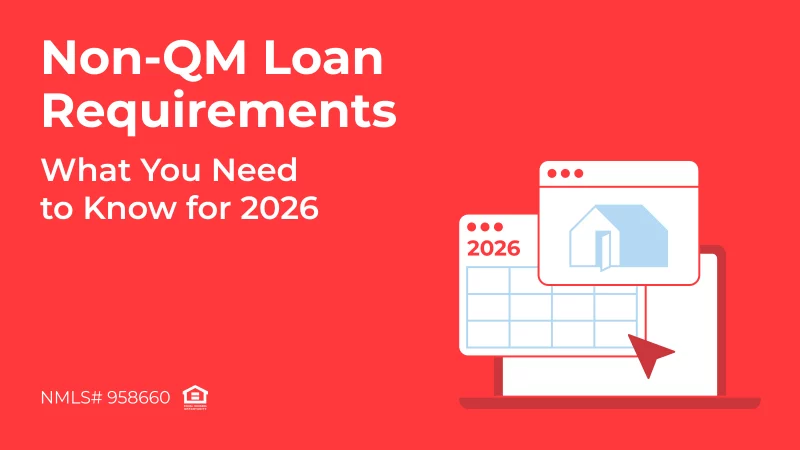
Conventional home loans are private (not government-backed) mortgages. They’re the most popular financing option for first-time buyers in America and they come with a range of different terms from flexible to longer waiting periods before you can get your loan approved, depending on what suits each individual’s needs best at any given point during their buying process!
But while they come at initial cost savings compared to other loan types, there’s more than meets the eye – from fluctuating interest rates charged by banking institutions to extra fees due during risk assessment processes such as credit score checks! With conventional mortgage loans being increasingly sought after for new homes around the country – take care that your clients know exactly what’s involved before signing up.
This guide will explain everything you need to know about how conventional home loans work, from the different types available and their key features to the eligibility requirements you’ll need to meet in order to qualify. By the end, you’ll be able to make an informed decision about whether this type of mortgage is right for your borrowers.
What Is a Conventional Home Loan?
A conventional home loan is a mortgage that is not backed by the government. These loans are usually issued by private banks and financial institutions. They are the most popular type of home loan in the United States, accounting for over 60% of all mortgages.
There are two main types of conventional loans: conforming and non-conforming. Conforming loans are those that meet the guidelines set by government-sponsored enterprises (GSEs) Fannie Mae and Freddie Mac. Non-conforming loans are those that do not meet these guidelines.
The main difference between the two types of loans is the size of the loan. Conforming loans are typically smaller than non-conforming loans. This is because they are meant for borrowers who have good credit and a low debt-to-income ratio. Non-conforming loans, on the other hand, are meant for borrowers with bad credit or a high debt-to-income ratio.
There are also two subtypes of conforming loans: jumbo and super jumbo. Jumbo loans are those that exceed the maximum loan limits set by Fannie Mae and Freddie Mac. Super jumbo loans are those that exceed these limits by a significant amount.
What Are the Key Features of a Conventional Home Loan?
The key features of a conventional home loan vary depending on the type of loan. However, there are some features that are common to all types of conventional loans.
One of the most important features of a conventional loan is the interest rate. Interest rates on these loans are typically lower than those on non-conventional loans. This is because they are seen as less risky by lenders.
Another important feature of a conventional loan is the down payment. Down payments on these loans are typically higher than those on non-conventional loans. This is because they are seen as less risky by lenders.
What Are the Eligibility Requirements for a Conventional Home Loan?
The eligibility requirements for a conventional home loan vary depending on the type of loan. However, there are some requirements that are common to all types of conventional loans.
One of the most important eligibility requirements for a conventional loan is credit score. Borrowers with a high credit score are typically seen as less risky by lenders and thus qualify for a lower interest rate.
Another important eligibility requirement for a conventional loan is debt-to-income ratio. This is the ratio of your monthly debt payments to your monthly income. Lenders use this ratio to determine how much of your income is available to make payments on your loan. A lower debt-to-income ratio is seen as more favorable by lenders and may result in a lower interest rate.
What Are the Benefits of a Conventional Home Loan?
There are several benefits to taking out a conventional home loan. The most important of these is the lower interest rate. This can save borrowers a significant amount of money over the life of their loan.
Another benefit of a conventional loan is the higher down payment. This can help borrowers to avoid private mortgage insurance (PMI), which is an insurance policy that pays the lender if borrowers default on their loan.
There are different types of mortgage insurance. The FHA and USDA each require that borrowers pay an upfront mortgage insurance premium (MIP), as well as monthly mortgage insurance payments. MIP on FHA or USDA loans is more expensive than the PMI that is required for conventional loans that exceed 80% of the purchase price.
MIP also applies for the life of any FHA and USDA loan, but once a borrower pays down to 80% of the purchase price on a Conventional loan, they request canceling the PMI.
Conventional loans can be used for vacation homes or rental properties, while FHA and USDA loans are for owner-occupied property.
Homebuyers who have defaulted on federal obligations like taxes, student loans or other government-guaranteed financing are often ineligible for government-backed home loans
Finally, conventional loans typically have shorter terms than non-conventional loans. This means that you will build equity in your home more quickly. It also means that you will pay less in interest over the life of your loan.
What Are the Disadvantages of a Conventional Home Loan?
Borrowers will generally need a credit score of 620 or higher to qualify for a conventional loan. This can be a difficult hurdle for some people to overcome.
Borrowers may have to pay for PMI if they cannot put at least 20% on a conventional loan. This can add significant monthly costs to their mortgage payment.
Borrowers may be subject to a higher interest rate if they have a lower credit rating or cannot afford a large down payment. This is because they will be considered a higher risk for the lender.
Borrowers may have difficulty qualifying for a conventional loan if they have a lot of debt. This is because their debt-to-income ratio (DTI) will be too high. The DTI is a measure that compares the amount of their debt to their income.
Conventional Loans in 2022
Conventional loans are the most popular mortgage options in the United States. More than 60% of mortgages are conventional loans. However, this number changes all the time because it is influenced by economic factors, government regulations, and lender policies.
In 2005, for example, more people chose conventional mortgages than any other type of mortgage. But during the Great Recession, lenders raised their standards and prices for these mortgages, making it difficult for many to get a loan. By the end of 2009, only 54% of home purchases were financed with a conventional mortgage.
A conventional mortgage is a loan that conforms to guidelines set by Fannie Mae and Freddie Mac. A jumbo mortgage is a loan that is too large to meet these guidelines.
The single-family home limit for most conforming mortgages in the U.S. is $548,250. The limit increases for multi-unit properties like duplexes areas that are designated as high cost. What might be considered a conforming loan in Los Angeles, California, might be a jumbo mortgage in Des Moines, Iowa. Here are the ranges for conforming loans allowed by A&D Mortgage:
- 1-unit homes: $726,000–$1,089,300
- 2-unit homes: $929,850–$1,394,775
- 3-unit homes: $1,123,900–$1,685,850
- 4-unit homes: $1,396,800–$2,095,200
In 2019, just under 7% of conventional home loans and just under 5% of all purchase mortgage originations were jumbo mortgages. Demand increases for these loans in a strong economy, but typically declines in weaker times when lending requirements tighten.
In 2020, the COVID-19 pandemic caused some lenders to suspend jumbo mortgage lending. Companies servicing conforming mortgages are protected from losses if their borrowers are in a COVID-19 (CARES Act) forbearance program. Lenders are still willing to make these loans.
Should Your Borrower Get a Conventional Home Loan?
There is no right or wrong answer to this question. The best way to decide if a conventional home loan is right for your borrower is to speak with a lender and compare your options. You should also make sure to shop around for the best interest rate and terms.
Why A&D Mortgage for Conventional Loans?
If you know our care and expertise from being #1 in Non-QM lending, you should not be surprised that we provide the same personal level of service, competitive rates, and fast turn times on Conventional loans.
Variety
As a direct Fannie Mae/Freddie Mac seller, we offer a wide variety of Conventional loans to meet your borrower’s unique needs:
- Conventional Standard
- High Balance Conventional
- Fannie Mae HomeReady
- Freddie Mac Home Possible
- Fannie Mae RefiNow
- Freddie Mac Refi Possible
Service
We have seasoned account executives who are experts at providing advice on the best loan solutions that make financial sense for your borrowers. We’re not here to simply take orders, but instead to provide solid, practical guidance to brokers and borrowers through the Conventional lending process.
No Overlays
Lender overlays are additional mortgage guidelines imposed by lender that are above and beyond the minimum agency guidelines of FHA, VA, USDA, Fannie Mae, and Freddie Mac. We have NO overlays, so your borrowers won’t need to worry about extra documentation related to FICOs, DTIs, or collection accounts! This helps your loans get qualified more easily and get your borrower to the closing table faster!


